Casio Privia PX-830 Bruksanvisning
Casio
Tangentbord
Privia PX-830
Läs gratis den bruksanvisning för Casio Privia PX-830 (47 sidor) i kategorin Tangentbord. Guiden har ansetts hjälpsam av 36 personer och har ett genomsnittsbetyg på 4.7 stjärnor baserat på 18.5 recensioner. Har du en fråga om Casio Privia PX-830 eller vill du ställa frågor till andra användare av produkten? Ställ en fråga
Sida 1/47

PX830ES1B
ES
USER’S GUIDE
GUÍA DEL USUARIO
Please keep all information for future reference.
Guarde toda información para tener como referencia futura.
Safety Precautions
Before trying to use the piano, be sure to read
the separate “Safety Precautions”.
Precauciones de seguridad
Antes de intentar usar el piano, asegúrese de
leer las “Precauciones de seguridad” separadas.
EnglishEspañol
This recycle mark indicates that the packaging conforms to
the environmental protection legislation in Germany.
Esta marca de reciclaje indica que el empaquetado se
ajusta a la legislación de protección ambiental en Alemania.
MA0908-B Printed in China
PX830ES1B
C
PX830_es_Cover1-4.fm 1 ページ 2009年8月25日 火曜日 午後2時52分
Produktspecifikationer
| Varumärke: | Casio |
| Kategori: | Tangentbord |
| Modell: | Privia PX-830 |
Behöver du hjälp?
Om du behöver hjälp med Casio Privia PX-830 ställ en fråga nedan och andra användare kommer att svara dig
Tangentbord Casio Manualer
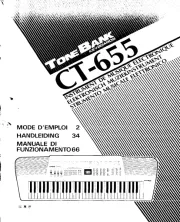
21 September 2025
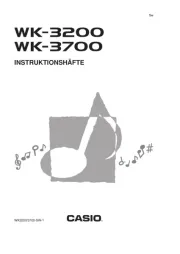
18 September 2025
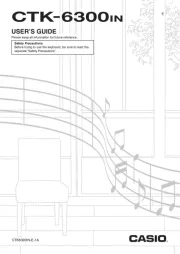
18 September 2025
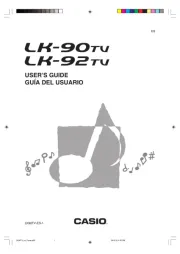
18 September 2025
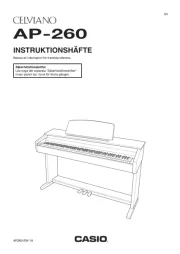
18 September 2025
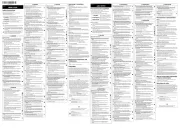
18 September 2025
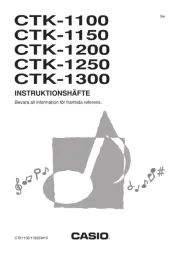
18 September 2025
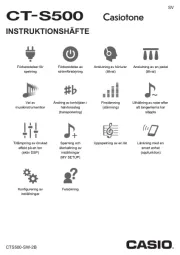
18 September 2025

18 September 2025

17 September 2025
Tangentbord Manualer
- Gembird
- PreSonus
- Native Instruments
- Schubert
- Steelseries
- Trkstor
- Raspberry Pi
- CoolerMaster
- ActiveJet
- Boss
- Andersson
- X-keys
- ADATA
- Ibm
- Scosche
Nyaste Tangentbord Manualer

19 Oktober 2025
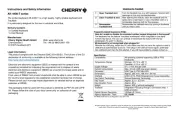
19 Oktober 2025
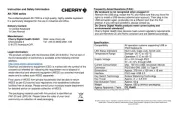
19 Oktober 2025
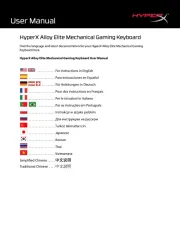
10 Oktober 2025

10 Oktober 2025
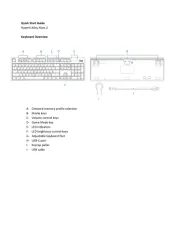
10 Oktober 2025
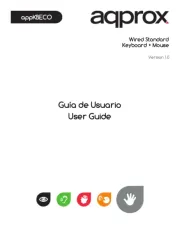
9 Oktober 2025
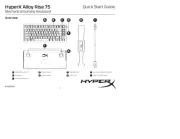
9 Oktober 2025
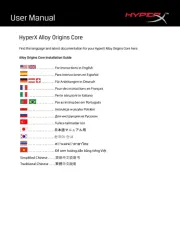
9 Oktober 2025
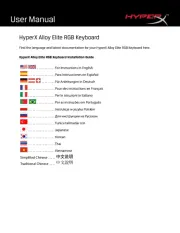
9 Oktober 2025